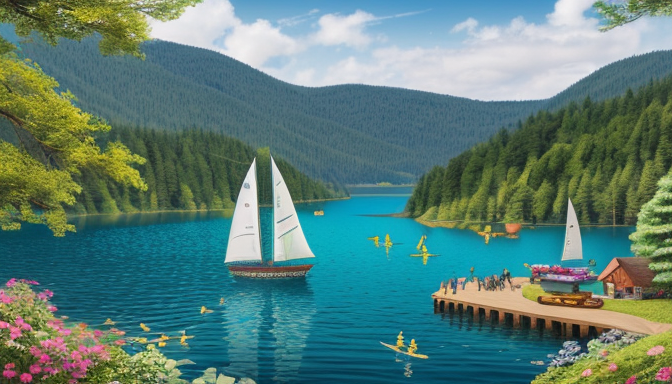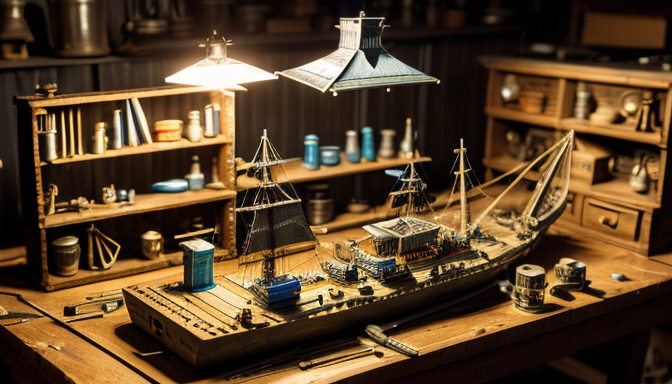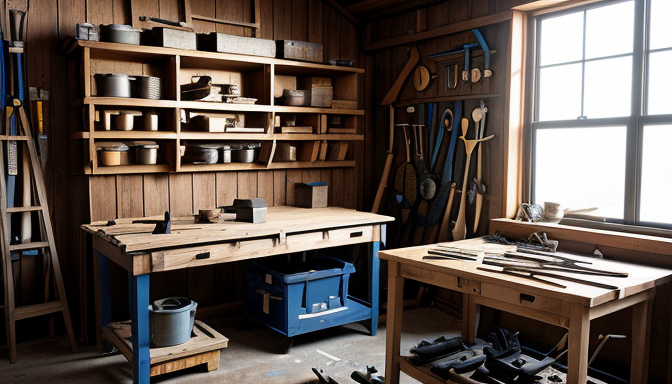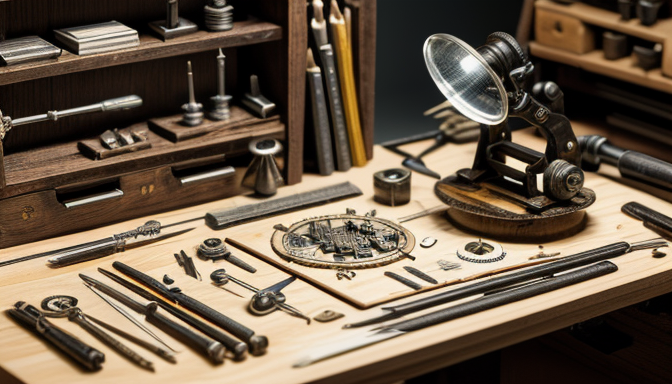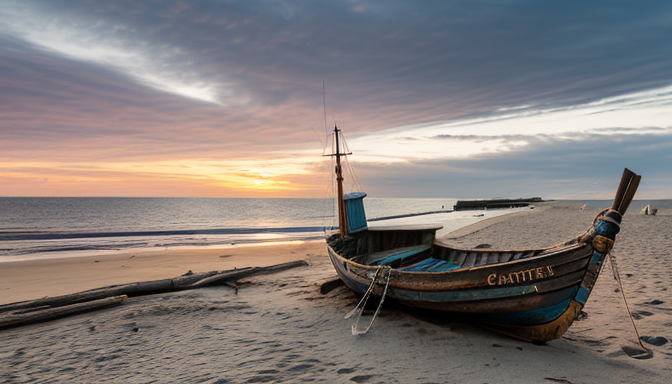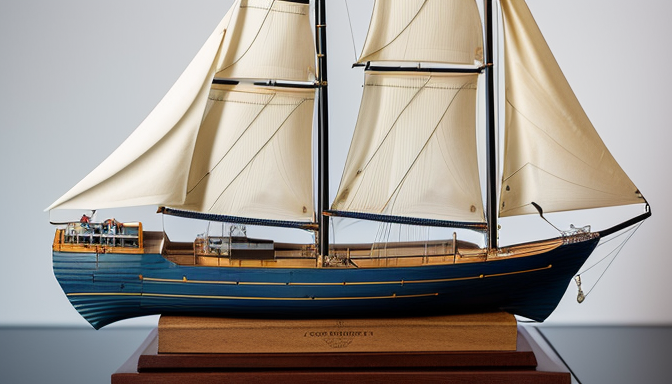The Thrill of Competition: Model Ship Racing Explained
Welcome to the exhilarating world of model ship racing, where craftsmanship meets competitive spirit! This hobby, which has captivated enthusiasts for decades, is not just about building miniature vessels; it’s about the thrill of watching them glide across the water at breathtaking speeds. Imagine the rush as you cheer for your ship, meticulously crafted from wood and resin, as it slices through the waves, leaving a trail of foam in its wake.
The roots of model ship racing can be traced back to the early 20th century, evolving from simple wooden boats to today’s high-tech marvels. Over the years, advancements in materials and technology have transformed this hobby into a competitive sport. Today, builders use lightweight composites and advanced electronics to enhance speed and maneuverability. The community surrounding model ship racing is vibrant, with enthusiasts sharing tips, techniques, and showcasing their stunning creations.
For those looking to dive into this thrilling pastime, there are essential guides available for ship model builders. These resources cover everything from selecting the right tools and materials to understanding the intricacies of design. Whether you’re a novice or a seasoned pro, the right knowledge can make all the difference in your racing performance.
So, are you ready to embark on this journey? Join the ranks of passionate racers, and experience the joy of competition in model ship racing!
The Evolution of Model Ship Racing
Model ship racing has come a long way since its humble beginnings in the 19th century. Initially, enthusiasts crafted their ships from simple materials like wood and cloth, often using whatever they had on hand. Fast forward to today, and we see a vibrant community of builders and racers who utilize advanced technology and materials, transforming the sport into a thrilling spectacle.
The history of model ship racing is marked by significant milestones. In the early days, races were held informally at local ponds, where competitors would showcase their handcrafted vessels. As interest grew, formal competitions emerged, leading to the establishment of clubs dedicated to the sport. These clubs not only fostered camaraderie among members but also became hubs for sharing knowledge and techniques.
With the advent of modern technology, the landscape of model ship racing has dramatically shifted. Today, builders have access to a variety of tools and materials that enhance both the aesthetics and performance of their models. For instance, lightweight composites and precision electronics have revolutionized ship design, allowing for faster, more agile racers. The introduction of 3D printing has also opened up new avenues for creativity, enabling builders to create intricate details that were once unimaginable.
Moreover, the community surrounding model ship racing has expanded significantly. Online forums and social media groups allow enthusiasts to connect, share tips, and showcase their creations. Collectors’ showcases have also become popular, where rare and beautifully crafted models are displayed, sparking inspiration and admiration among fellow hobbyists.
As we look to the future, the evolution of model ship racing continues to unfold, driven by innovation and a passionate community. Whether you’re a seasoned racer or a curious newcomer, there’s never been a better time to dive into the exhilarating world of model ship racing!
When it comes to model ship racing, the thrill isn’t just in the competition; it’s in the meticulous preparation that leads up to it. To truly excel, you need to embrace a blend of craftsmanship and strategy. First off, understanding the design considerations is crucial. You want your ship to not only look stunning but to also perform flawlessly on the water. This means paying attention to the hull shape, weight distribution, and even the materials used. For instance, lighter materials can enhance speed, while a well-designed hull reduces drag, allowing your ship to slice through the waves like a hot knife through butter.
Next, let’s talk about tools and materials. Having the right tools can make all the difference. Here’s a quick overview of essential tools for ship model builders:
- Precision Cutters: For clean and accurate cuts.
- Sanding Tools: To smooth out edges and surfaces.
- Adhesives: Strong glues that can withstand water exposure.
- Paints: Waterproof and durable finishes to protect and beautify.
Moreover, racing tactics play a pivotal role in your success. Understanding the wind patterns and currents can give you a competitive edge. Imagine your ship as a skilled surfer, catching the perfect wave at just the right moment. Timing and positioning can be the difference between glory and defeat.
Finally, don’t underestimate the value of community. Connecting with fellow enthusiasts can provide invaluable insights and tips. Join forums, attend races, and participate in workshops. With the right blend of skill, knowledge, and support, you’ll be well on your way to becoming a formidable contender in the world of model ship racing.
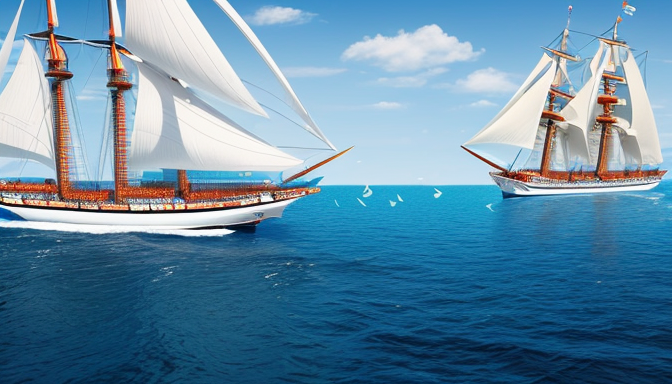
Frequently Asked Questions
- What is model ship racing?
Model ship racing is a thrilling hobby where enthusiasts build and race miniature ships on water. It’s not just about speed; it’s about design, craftsmanship, and strategy!
- How did model ship racing start?
This exciting sport has roots that trace back centuries, evolving from simple wooden boats to sophisticated, technology-driven models. It’s like watching history sail by!
- What skills do I need to compete?
To excel in model ship racing, you’ll want to master design techniques, understand wind dynamics, and refine your sailing tactics. Think of it as a blend of engineering and sailing!
- Can anyone join in on the fun?
Absolutely! Whether you’re a seasoned sailor or just curious, model ship racing welcomes all. Just grab a kit, and you’re on your way to becoming part of this vibrant community!
- What equipment is essential for racing?
A basic setup includes a model ship, a remote control, and a reliable power source. As you progress, you might want to invest in advanced tools for fine-tuning your vessel!
